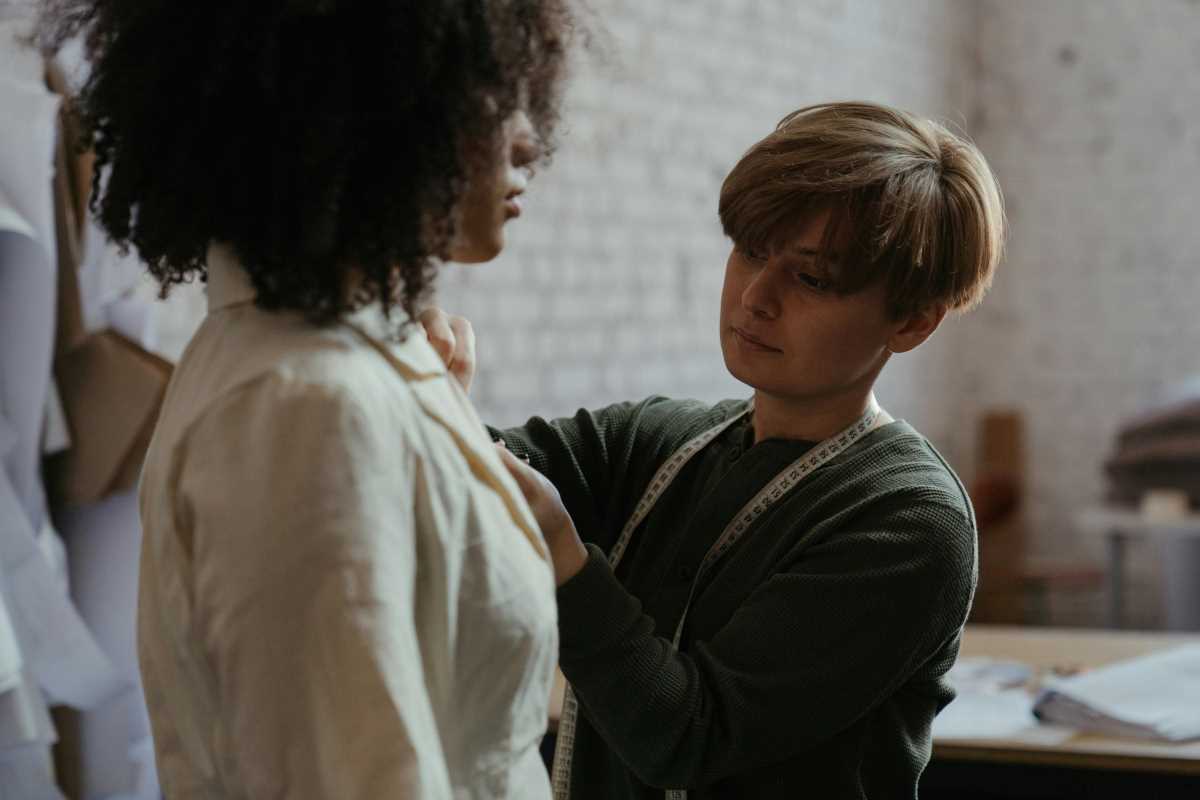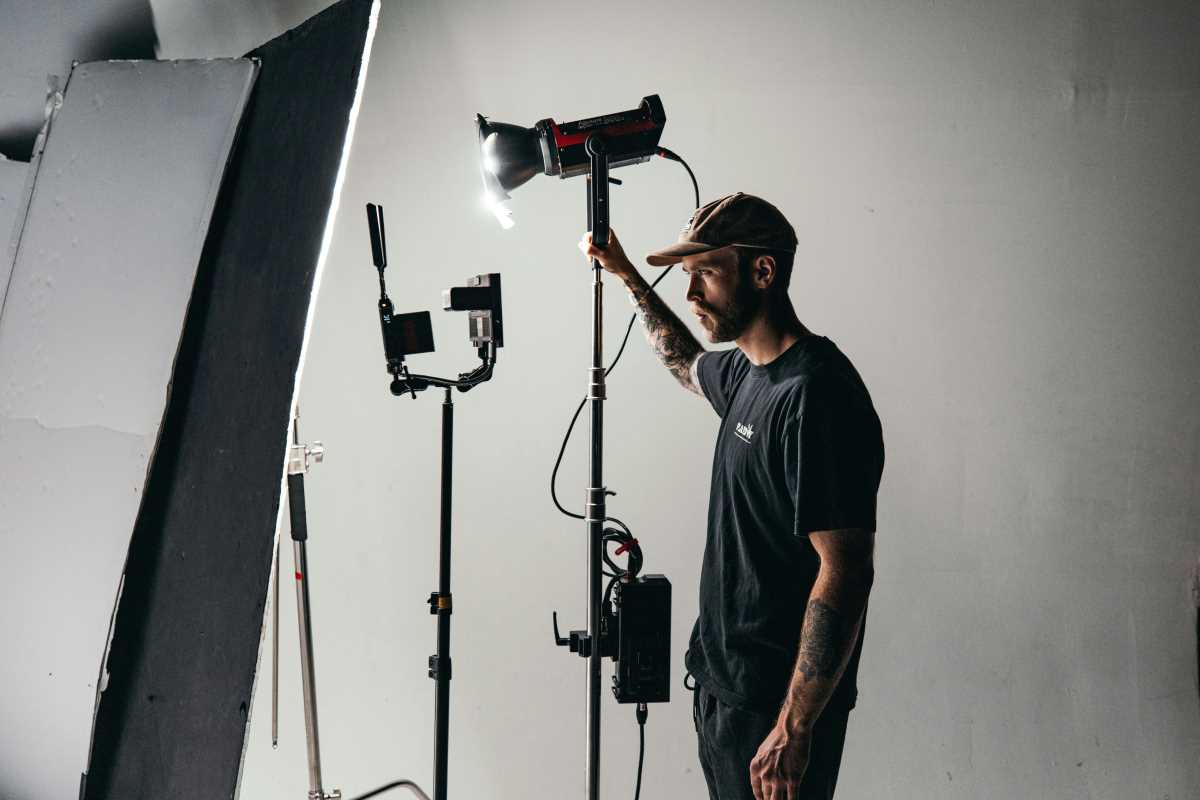Ever see a massive dragon fly across the screen or a city get wiped out by aliens? That’s the work of digital effects artists. These are the tech wizards who create mind-blowing visuals for film, TV, and commercials. A career in visual effects (VFX) is your chance to build impossible worlds and bring amazing ideas to life.
If you have a love for art and technology, this is the field for you. Here’s your guide to launching a career as a VFX artist.
What Does a VFX Artist Actually Do?
A VFX artist uses computer software to create or manipulate imagery. Their goal is to make the impossible look real. They work on everything from huge blockbuster movies to TV shows and commercials. The world of VFX is huge, and artists often specialize in one area.
Some common roles include:
- Compositor: This artist is like the final assembler. They take all the different visual elements—live-action footage, 3D models, and matte paintings—and blend them together into one seamless shot.
- 3D Modeler: They build the digital assets. This could be anything from a character or creature to a vehicle or an entire building.
- Animator: This artist brings the 3D models to life, giving them movement and personality.
- FX Artist: This person creates dynamic simulations like fire, water, smoke, and explosions.
Do You Need a Degree?
You don’t always need a four-year degree, but you absolutely need skills. Many artists attend specialized VFX schools or take online courses that offer intensive training in specific software and techniques. These programs are great because they are focused and can get you job-ready faster.
A degree in animation, computer graphics, or fine arts can also provide a strong foundation. These programs teach you the core principles of art and design, like composition, color theory, and timing. No matter the path, your demo reel is what truly matters.
Master the Essential Software
To be a VFX artist, you have to speak the language of the software. The tools you need will depend on your specialization, but some are industry standards.
- Maya: This is the go-to software for 3D modeling and animation. It’s used across the industry to create characters and assets.
- Houdini: For FX artists, Houdini is king. It’s a powerful tool used to create complex simulations like explosions, water, and destruction.
- Nuke: This is the industry standard for compositing. It’s where all the separate layers are combined to create the final shot.
- Adobe After Effects: While Nuke is used for high-end film, After Effects is popular in TV and commercials for motion graphics and compositing.
- Substance Painter: This tool is essential for texturing 3D models, giving them realistic surfaces.
Build a Demo Reel That Gets You Hired
Your demo reel is your single most important asset. It's a short video, usually 1-2 minutes long, that showcases your absolute best work. This is what gets you noticed.
- Quality Over Quantity: Only include your strongest pieces. A few incredible shots are better than a dozen mediocre ones.
- Put Your Best Work First: Recruiters are busy. Grab their attention in the first 15 seconds.
- Tailor it to the Job: If you are applying for a modeling job, your reel should be full of amazing models. If you’re an FX artist, show off your best explosions.
- Include a Breakdown: Show how you made it. A shot breakdown reveals the different layers and steps you took to create the final image. This proves your technical skill.
How to Get Experience
You need to start making things. The more you create, the better you’ll get, and the stronger your reel will become.
- Personal Projects: Don't wait for a job to start creating. Think of a cool idea and build it. This is the best way to learn software and develop your personal style.
- Online Contests: Many websites host VFX and animation contests. These are great opportunities to work on a specific prompt and get your work seen.
- Collaborate: Team up with other aspiring filmmakers. Work on student films or indie projects. This gives you real-world experience and footage for your reel.
Network and Break In
The VFX industry is global and connected. Building a network is key to finding opportunities.
- Use Social Media and Art Sites: Post your work on platforms like ArtStation, Instagram, and LinkedIn. Follow studios and artists you admire. Engage with the community.
- Go to Industry Events: Attend events like SIGGRAPH or other local meetups. These are great places to meet recruiters and other artists.
- Apply for Internships or Junior Roles: Look for entry-level positions like "render wrangler" or "junior artist." These jobs get your foot in the door and allow you to learn from seasoned professionals.
A career in digital effects is challenging but incredibly rewarding. It’s a field that is constantly changing, so you must be a lifelong learner. If you have the passion, creativity, and technical drive, you can be a part of creating the next generation of visual wonders.







